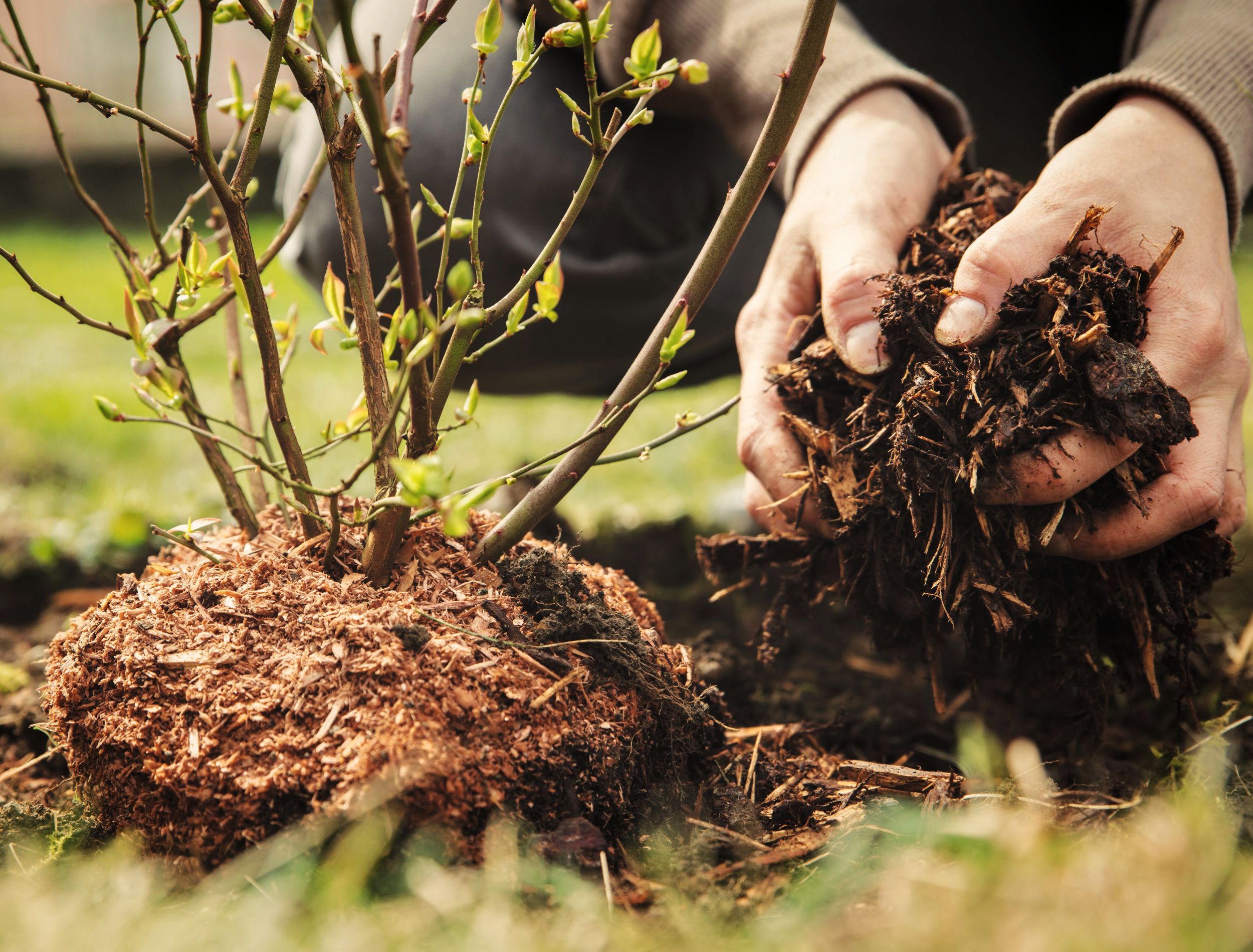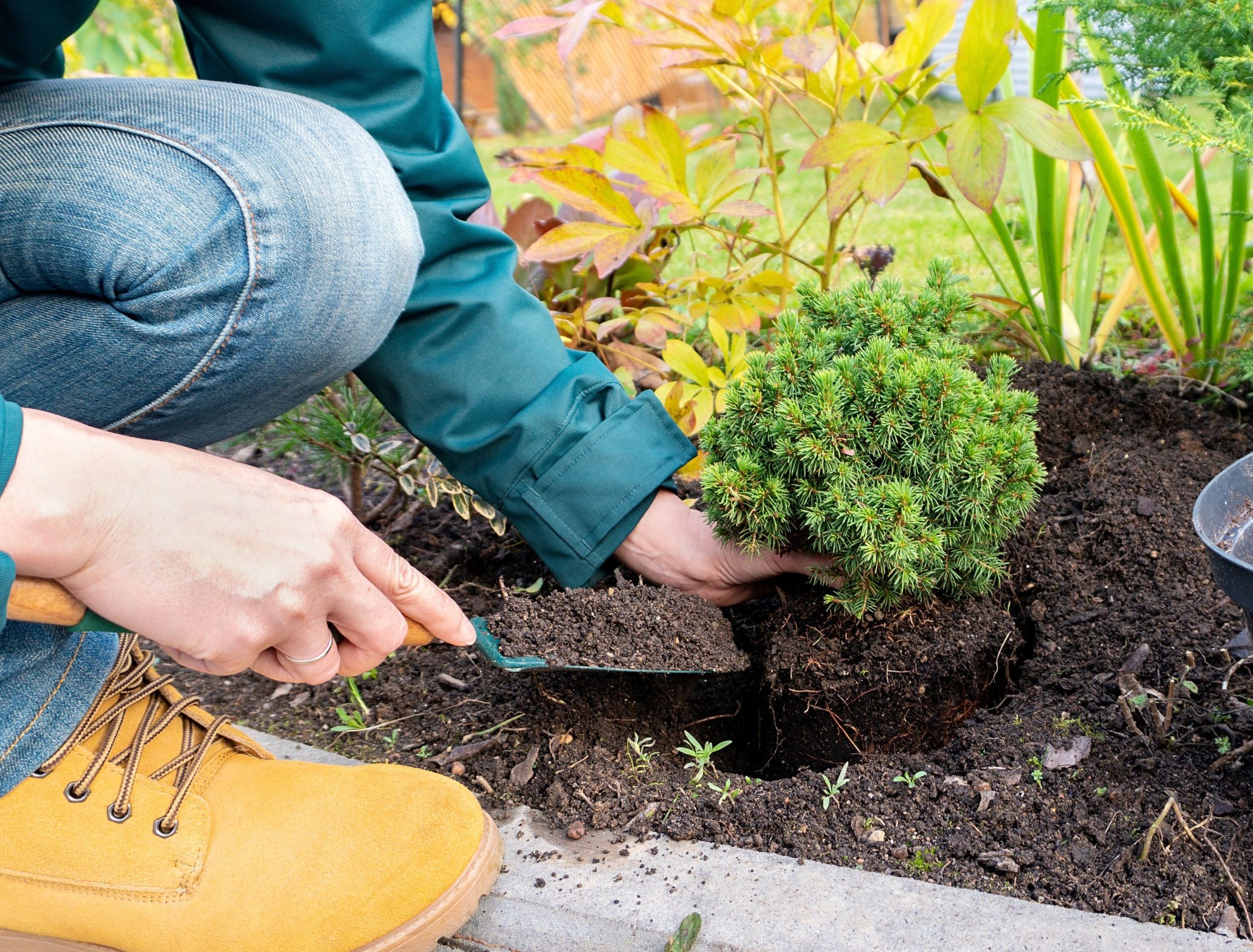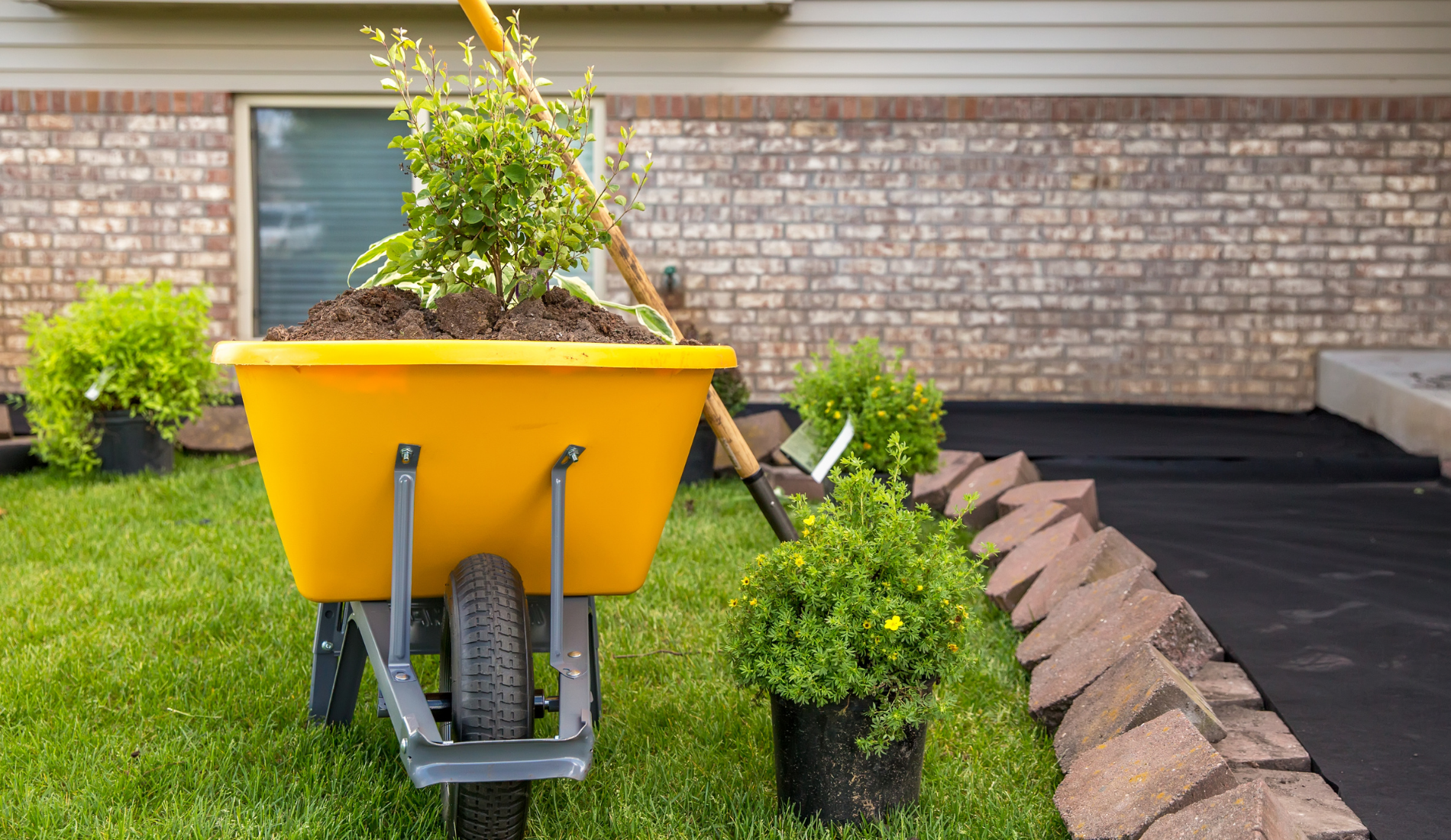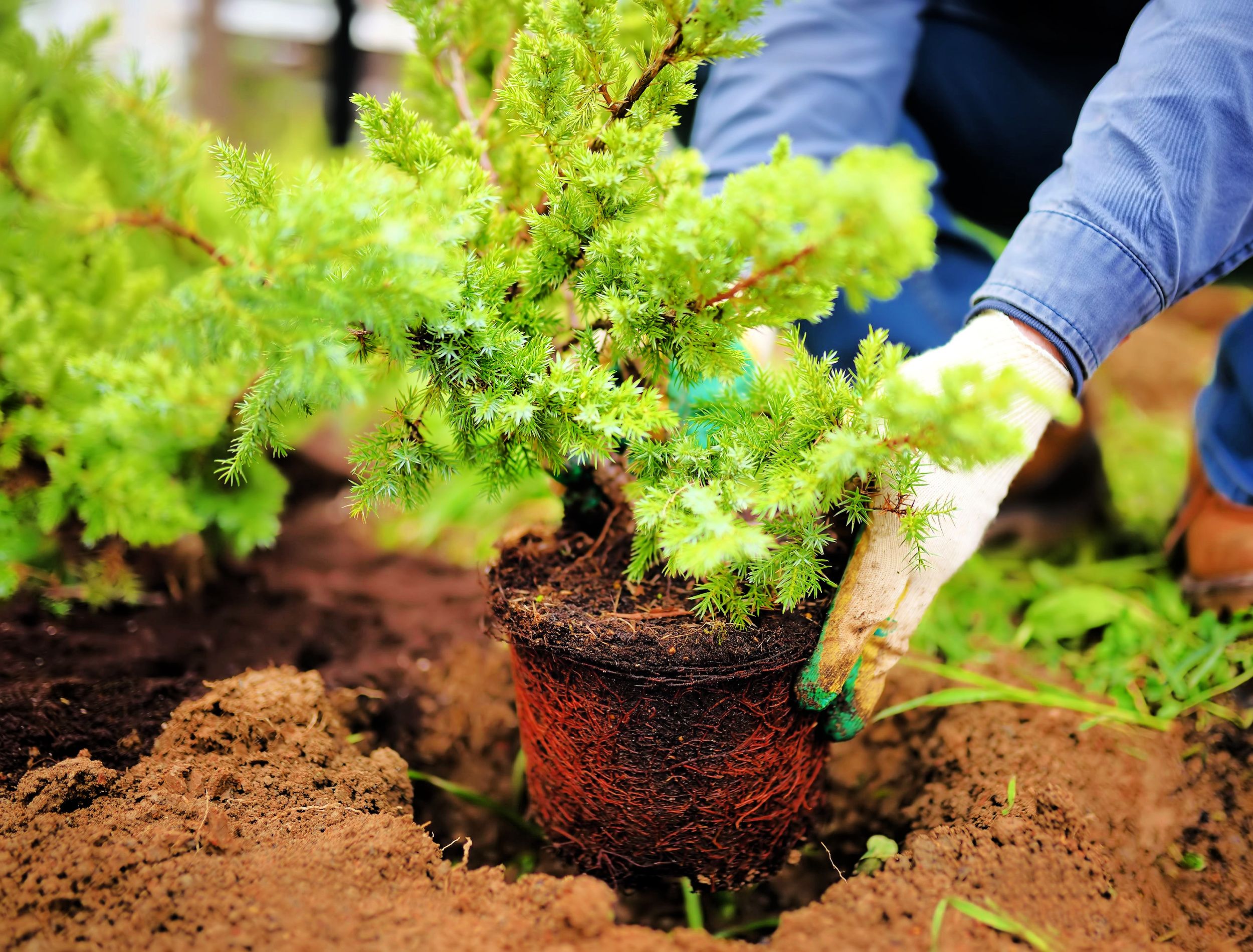Shrubs make a great addition to your garden by adding depth, texture, and height. Many are also colorful, some produce fruit, and others boast unique foliage and flowers. While correctly caring for your shrubs is essential, timing plays a significant role in how the plants survive.
Below, you'll find everything there is to know about when to plant shrubs. While the time of year you plant shrubs is important, you must also consider the time of day! There are a few more tips and tricks to keep in mind to ensure the planting process goes off without a hitch.
When to Plant Shrubs
Image credits: nieriss via Shutterstock
Fall is the best time of year to plant shrubs. First, fall is the perfect time for gardeners since general garden upkeep is winding down. On top of that, the combination of warm soil and rainy weather stimulates root growth, ensuring the plant becomes healthy and established.
Other plants are already dying off or going dormant for the season, meaning the shrubs won't be competing for nutrients and water. Of course, make sure your ground is still workable. Otherwise, it may be too late! The soil must be warm and moist enough to provide the right conditions for root development.
The time of day also matters when it comes to planting. If you are able, choose a cool, cloudy day. Hot and dry conditions can result in water evaporation, negatively impacting the shrub's root system. If you do plant on a hot day, keep the shrub in the shade and water it frequently while you prepare the area for planting.
Tips for Planting Shrubs
Now that you know the ideal time to plant your shrubs, you'll need some tips and tricks to care for your new plants!
Selecting
Image credits: emholk via Canva
There are plenty of different shrubs to choose from when planting in the fall, so what you pick depends entirely on your preferences. That said, native plants generally grow best since they are already adapted to the conditions of your area. They'll require less water because of this, saving you time, energy, and money. They also tend to become habitats for birds and beneficial insects.
Choose a plant that has the qualities you prefer. Shrubs that produce fruit include blueberries, raspberries, and strawberries. Meanwhile, magnolias and hydrangeas bloom beautiful flowers, and options such as burning bush have unique seasonal foliage.
Height and width also matter, depending on how much space you'd like to fill. Also, consider the necessary care conditions and what you can provide. Since shrubs tend to live a long time, you should keep your future gardening goals in mind.
Of course, when you're selecting plants from the garden center, health is critical. Look for healthy foliage, strong stems, branches, and new growth. Avoid those with signs of overwatering, such as waterlogged soil and yellow leaves. Also, steer clear of planting tender plants in the fall, as they may not develop a strong enough root system to overwinter.
Planting
Image credits: Maria Sbytova via Shutterstock
In fall, you'll usually find shrubs in garden centers either in containers or with a root ball wrapped in burlap. If you do see bare-root plants, skip these for now. They are more vulnerable; you should wait till spring to plant them. Consider the required care for your particular shrubs when choosing a planting location. Each variety needs different lighting conditions, temperatures, soil pH, and amount of water.
When planting, give the shrubs plenty of room to grow. Research the specific shrubs you have to know how large they grow so you can gauge how far apart you should plant them. Also, you can use a measuring tape to determine how much space they'll take up.
Dig a hole three times as wide as the shrub's container and deep enough that the root system is fully covered. Remove the plant from its container or wrapping. Without removing too much soil from the rootball, carefully spread the roots so they spread outwards. Top with the same soil you dug from the hole. Then, add a 3-inch layer of mulch or compost to provide proper insulation, moisture retention, and nutrients.
Finally, water the shrub, giving it a big drink as it adapts to its new home. After that, shrubs generally require watering every seven to 10 days. You can check how moist the soil is using your hands or a moisture meter. If it's dry about an inch down, it's usually time to water!
Get Planting!
By planting shrubs in the fall, you're preparing your garden for spring. Come springtime, you'll see new growth, beautiful blooms, and plenty of fresh foliage. Fortunately, planting shrubs is simple, and they require minimal care once in the ground. That said, it's necessary to choose your variety carefully so it does well with the conditions you can provide.
Do you have any tips for how and when to plant shrubs? Share in the comments below!




